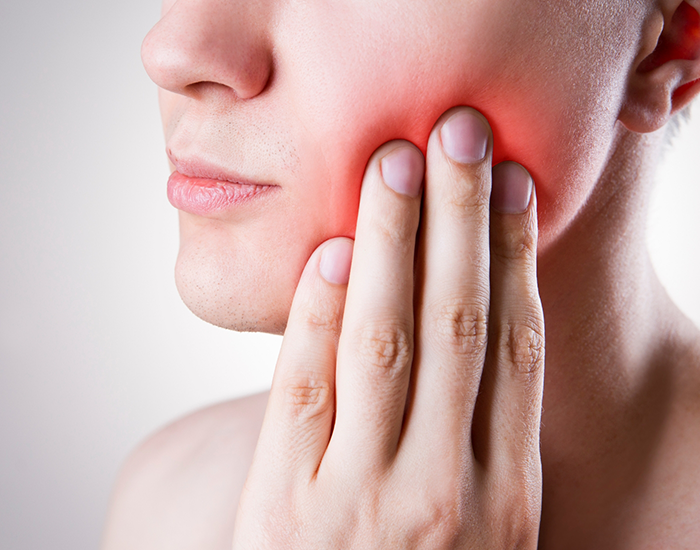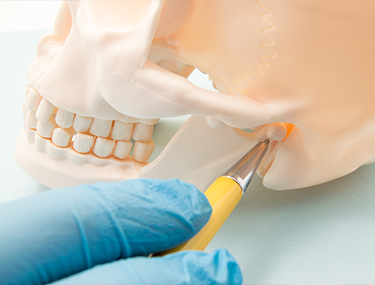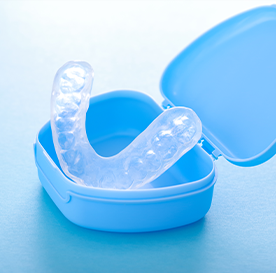TMJ Treatment Ridgefield
No More Jaw Pain

Treating chronic jaw pain is important if you want to eat the foods you love, speak with ease, and simply open and close your mouth without issue. This is why our Ridgefield Perfect Smile Center team is here to provide TMJ Treatment. Offering an evaluation for every patient, we will tailor your treatment plan based on your unique needs. Call our office if you need help to experience life without chronic jaw pain.
Why Choose Ridgefield Perfect Smile Center for TMJ Treatment?
- Customized Treatment Plans for Each Patient
- Three Effective Methods of Care Designed to Improve Jaw Function
- Dentists Who Collaborate to Produce Optimal Results
What Is TMJ Disorder?

TMJ disorder occurs when the jaw joints (temporomandibular joints) that are located on either side of the jaw become inflamed due to being overworked or damaged. Over time, they can become painful, making it difficult to open your mouth, eat certain foods, and even speak. Without proper treatment, the problem can persist and worsen, resulting in more invasive surgical intervention.
How We Treat TMJ Disorder

To treat TMJ Disorder, our team will need to evaluate your mouth and head using our CBCT Scanner. This 360-degree rotating device will take hundreds of images and compile them into one three-dimensional model. This will give us a clear view of what is happening to your jaw joints and which method of treatment will prove most beneficial.
Occlusal Splint

An occlusal splint can be crafted from a digital impression of your teeth. It is designed to be worn at night, all day, or both, and helps move your jaw so that it rests in a more comfortable position. Over time, it will alleviate any pressure placed on your jaw joints and can reduce any teeth grinding and clenching that might also occur.
Equilibration/Occlusal Adjustment

If we find that bite misalignment is the reason for your TMJ, we can perform an equilibration/occlusal adjustment that alters certain teeth and/or restorations. This allows your teeth to come together properly as well as your bite so that excessive pressure is not placed on specific teeth or jaw joints.

